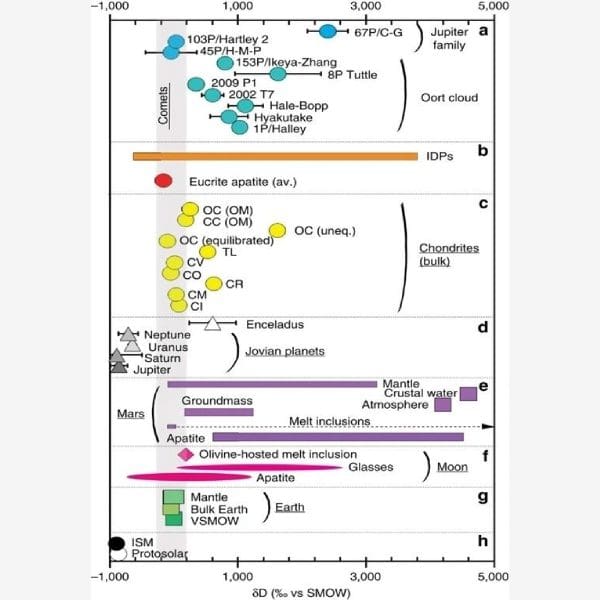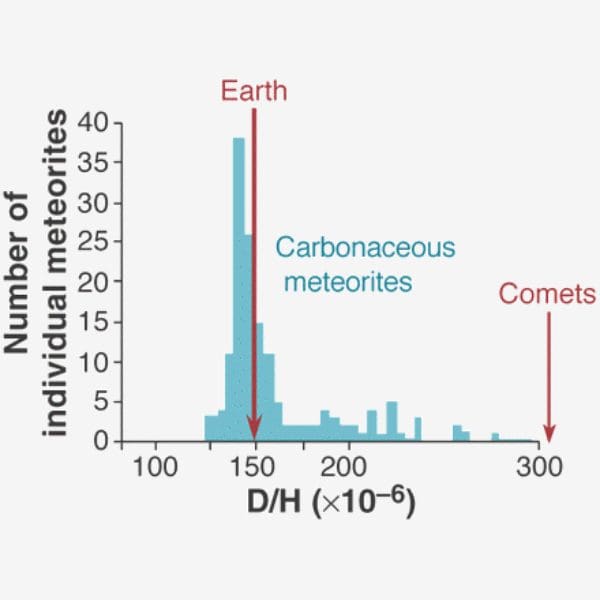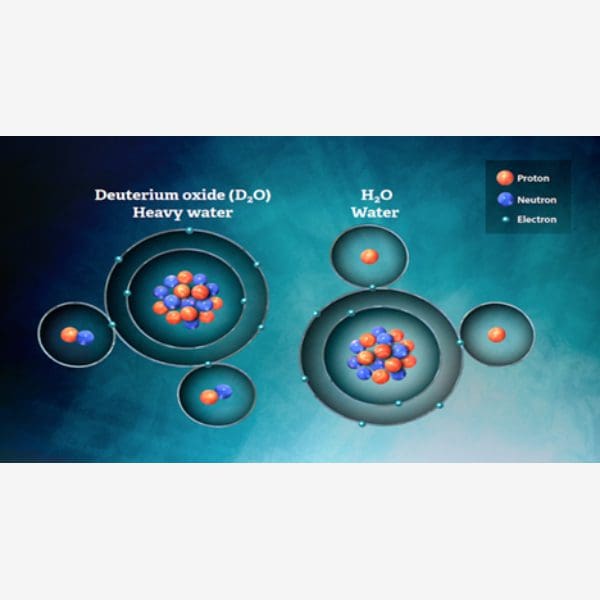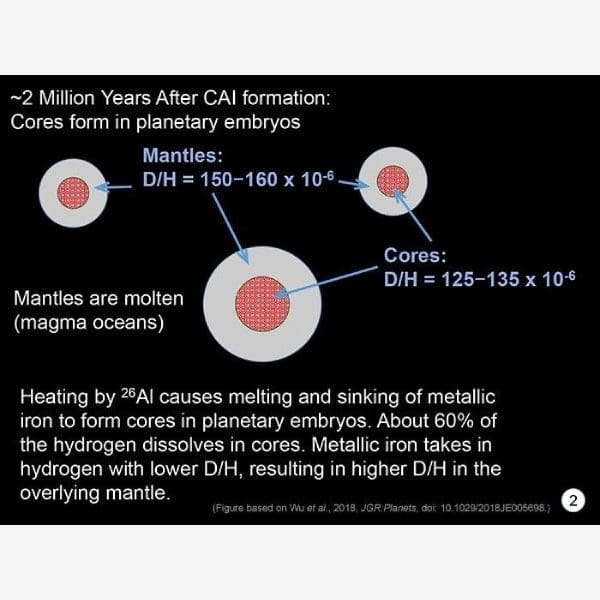“How Did Earth Receive Its Water?”
An unanswerable mystery is created by Earth still possessing its water and other light volatiles such as nitrogen and methane after surviving the warm T-Tauri phase of stellar evolution. The same processes of atmospheric stripping of Mercury, Venus, possibly the Moon, and Mars should have occurred with Earth’s orbit between Venus and Mars. Astrophysicists first tried to resolve the mystery by imagining watery comets or asteroids colliding and delivering the water from the outer solar system after the hot T-Tauri phase when the Sun became a stable, well-behaved main-sequence star.
An amazing discovery of the compositions of these comets and asteroids was the carbonaceous minerals, which could only be created by water and/or by extremely hot temperatures exceeding the melting temperatures of iron and silicate rocks. There are no melting temperatures in the outer solar system. Possibly, collisions occurred in the outer solar system, where water could exist as hardened ice on the surfaces of smaller planetoids. But strangely enough, no outer solar system bodies have rocky crustal surfaces formed by volcanism and subsequent crystallization. A new proposal is suggested.
Possibly, a collision occurred near the ‘frost line’ between a frozen body and another larger body already outgassing CO2 and water vapor that condensed into liquid water and cooled the outer molten surface into a hardened crust, as should theoretically occur with any other terrestrial planet. This impacted, broken crust became the ejected shards of rock that astrophysicists call asteroids and caused the Late Heavy Bombardment (LHB) of the inner solar system 3.9 billion years ago. A simple explanation is that a terrestrial planet formed near the habitable zone (HZ) at 2.7 AU and had its orbit displaced toward the Sun. As the ejected planet fell, its increasing spiraling velocity caused its centripetal force to equal the gravitational force of the Sun. This planet, Earth, then coincidentally began orbiting close to an existing terrestrial planet, now called our Moon. Each time Earth passed the Moon, it slowed and moved the Moon outward due to gravitational and angular momentum exchanges until their orbital velocities became matched. This incredibly unique manner of capture is how both the water of an outer terrestrial planet and its impregnated icy impactor brought water to our present habitable zone (HZ) at one AU.
This article does not represent the culmination of any funded research project but is the hypothesis developed over many years of reviewing dozens of research ideas and space mission data by NASA, ESA, NOAA, and individually funded academic programs.

Isotopic summary of the solar system’s celestial bodies and how they relate to isotopes found on Earth. The current consensus is that certain asteroids from this study are proof of the source of water.

NASA’s depiction of how liquid water will be discovered on various moons.

Comparison of isotopic water (D2O) found on Earth and other interplanetary bodies.

Illustration of heavy water versus normal water.

Academia and NASA’s position on the makeup of water inside the Earth’s mantle.
Timeline by NASA for Solar System Timeline is Questioned -
Due to Enigma of Earth's Water Origins
The solar system’s formation with its most important milestones is presented. The timelines come from various dating techniques that are considered accurate due to collaboration with more than one dating method and from computerized numerical simulations. Inconsistencies in the timelines shall be pointed out, such as a milestone occurring before or after another that should be impossible within the realm of scientific logic.
The basic accepted timeline for planet formation is given by NASA’s website address:
https://spacemath.gsfc.nasa.gov/Grade35/10Page6.pdf.
Other insertions are added to the timeline that include some proposed inconsistent reasoning and plausible solutions.
